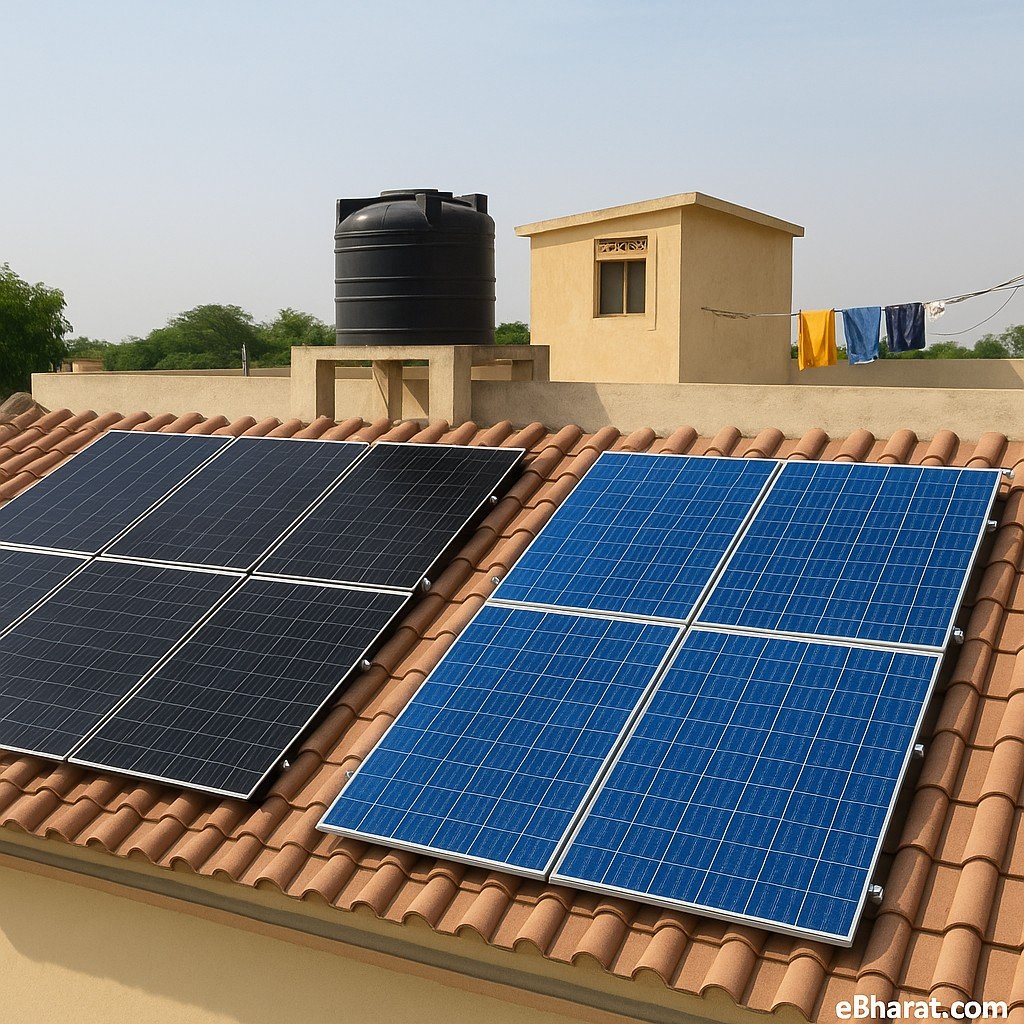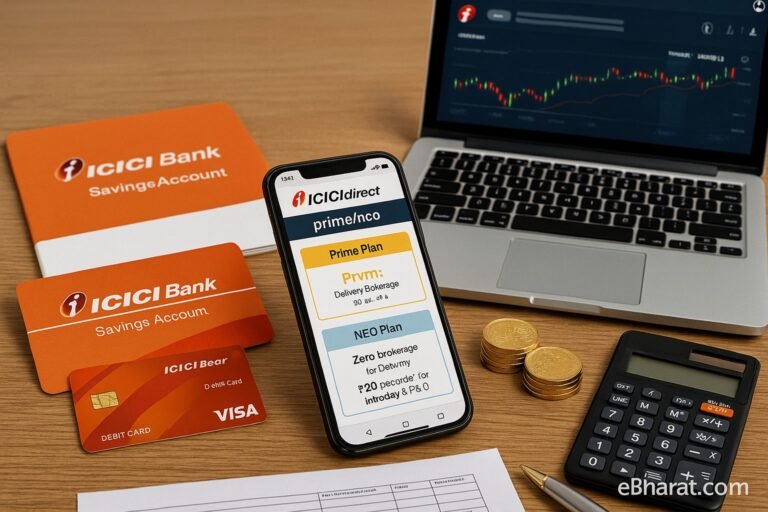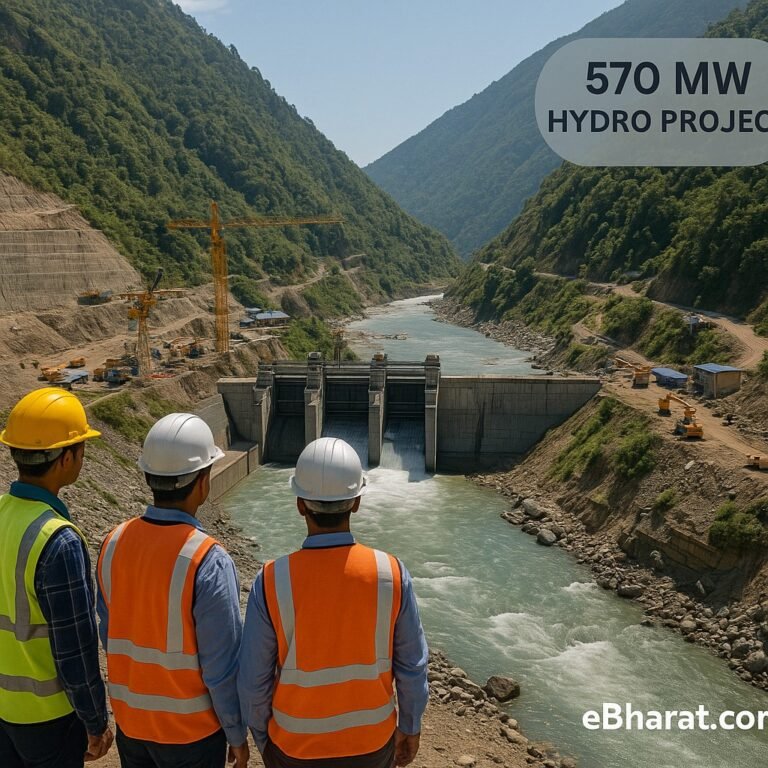
India’s rooftop solar boom is accelerating, thanks to government subsidies and rising electricity costs. But most homeowners get stuck at the first decision: Should you install monocrystalline or polycrystalline panels? Both are subsidy-eligible, but their cost, efficiency, and long-term ROI vary. Let’s break it down in simple terms.
Cost Comparison
- Monocrystalline Panels: These premium black panels cost around ₹52,000 – ₹58,000 per kW. They are slightly more expensive upfront but deliver higher efficiency.
- Polycrystalline Panels: The more budget-friendly option, costing about ₹44,000 – ₹48,000 per kW, making them attractive for large rooftops or industrial use.
Efficiency & Performance
- Monocrystalline: Known for 18–22% efficiency, these panels work well even in smaller rooftops where space is limited. They also perform better under low light.
- Polycrystalline: With 14–17% efficiency, they require more space to generate the same output, making them better suited for farms or big commercial roofs.
Best Use Cases
- Monocrystalline: Urban homeowners with limited rooftop space or those wanting sleek, modern looks.
- Polycrystalline: Rural/industrial setups with ample space where budget is the priority.
Look & Aesthetics
- Monocrystalline: Sleek black finish, modern and premium appearance.
- Polycrystalline: Grainy blue finish, less uniform but still functional.
Subsidy & Government Support
Both panel types qualify for the MNRE rooftop solar subsidy. Homeowners can save ₹18,000 per kW (up to 3 kW) under the PM Surya Ghar Muft Bijli Yojana in 2025.
Comparison
| Feature | Monocrystalline Panels |
Polycrystalline Panels |
|---|---|---|
| Cost (₹/kW) | 52,000 – 58,000 | 44,000 – 48,000 |
| Efficiency | 18–22% | 14–17% |
| Best For | Small/urban rooftops | Large rural/industrial roofs |
| Look | Black, sleek design | Blue, grainy finish |
| Subsidy Eligible | Yes | Yes |
Why It Matters for Indian Households
- If you live in a metro city with limited space, monocrystalline is worth the higher cost.
- If you own a large rural/industrial rooftop, polycrystalline delivers better ROI at lower upfront cost.
- In both cases, government subsidies drastically cut installation costs, making rooftop solar one of the smartest financial decisions in 2025.
Choosing between monocrystalline vs polycrystalline panels depends on your roof size, budget, and efficiency needs. With subsidies in place, 2025 is the perfect year to switch to solar and reduce your electricity bill to ₹0.
Ready to Save on Electricity Bills?
Switch to solar in 2025 and enjoy subsidy benefits under PM Surya Ghar Muft Bijli Yojana. Use our ROI tool to calculate savings for your roof.
Start Your Solar Savings











